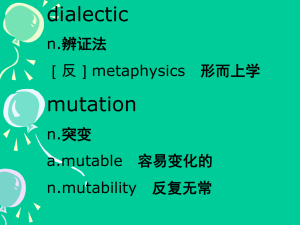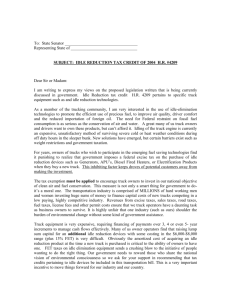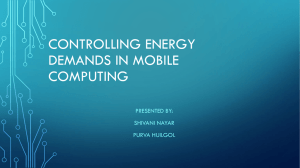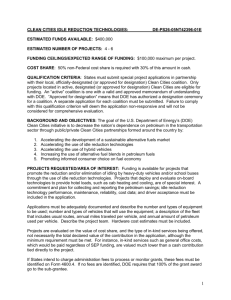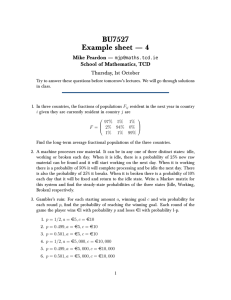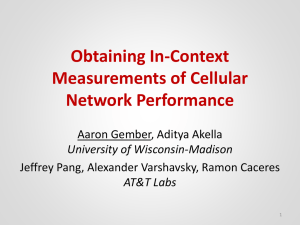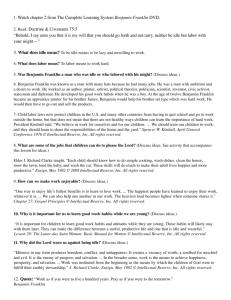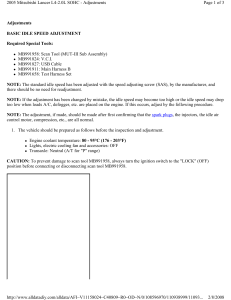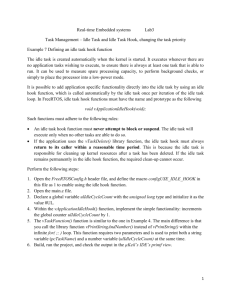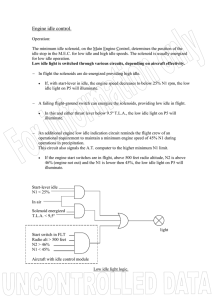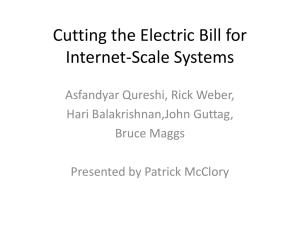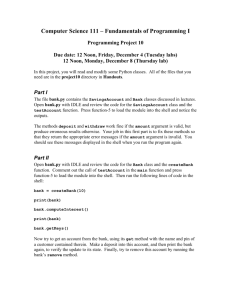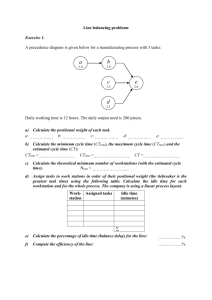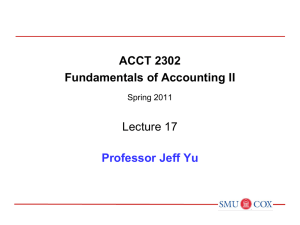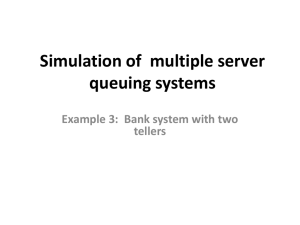Skilled in the Art of Being Idle: Reducing Energy Waste in
advertisement
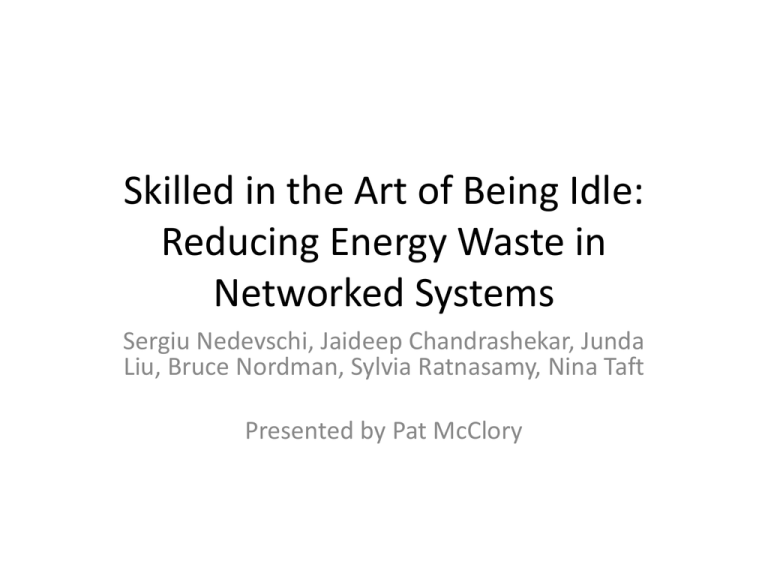
Skilled in the Art of Being Idle: Reducing Energy Waste in Networked Systems Sergiu Nedevschi, Jaideep Chandrashekar, Junda Liu, Bruce Nordman, Sylvia Ratnasamy, Nina Taft Presented by Pat McClory Introduction • It’s estimated in the U.S. energy consumption of networked systems approaches 150 TWh, costing around 15 billion dollars. • About 75% of this consumption can be attributed to homes and enterprises. Introduction • Problem: Because sleep states cause a machine to effectively lose it’s network presence, many users decline to utilize them. • Goal: To develop a strategy where machines can take advantage of sleep states during idle periods without the penalty of losing network presence. Possible Approaches • “magic packets” – wake-on-arrival of packet • Use a proxy that handles idle-time traffic on behalf of sleeping host(s). Potential Energy Savings • Assuming an 80W power consumption for an idle PC, and assuming these machines are idle for 50% of the time, this amounts to roughly 60 TWh/year of wasted electricity. Wake-on-arrival • Machine is woken up for every packet it receives. Wake-on-arrival • Although in both the work and home scenario there is a relatively large amount of background chatter when idle, but if traffic exhibits burstiness there still could be potential for savings. Inter-packet Gaps Actual Savings Potential Proxy Savings by Traffic Type Energy Savings of Different Proxying Approaches

